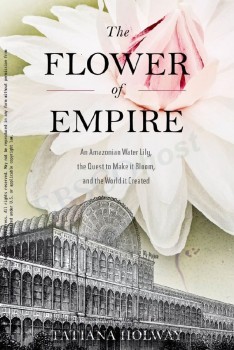Dracula : Essays on the Life and Times of Vlad the Impaler
This book includes a wide range of studies on the life and times of Vlad III Dracula by leading historians and scholars from around the world. It presents a diversity of viewpoints, allowing the reader to understand the different historical perspectives with which Vlad is viewed in modern historiography. It also includes a wealth of supplementary materials, essential for anyone interested in learning about the life of Vlad the Impaler: translations of important documents concerning his reign; a genealogy of the family of Vlad the Impaler, translations from Turkish and Byzantine chronicles referring to the controversial Wallachian prince; a chronology, and an extensive bibliography of works on the life and times of Vlad the Impaler.




